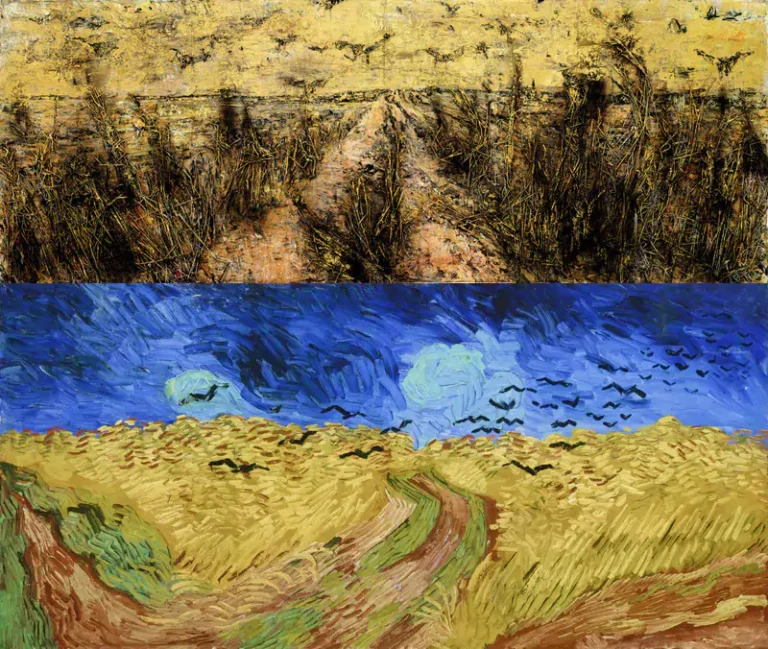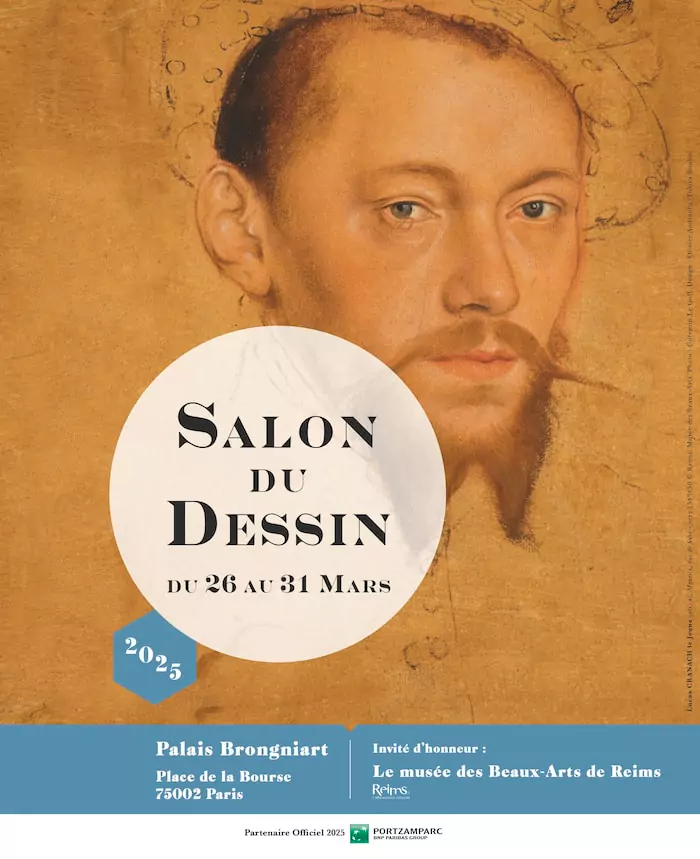Looking for a muse? Check no further. Discover the Best of Art, Culture, History & Beyond!
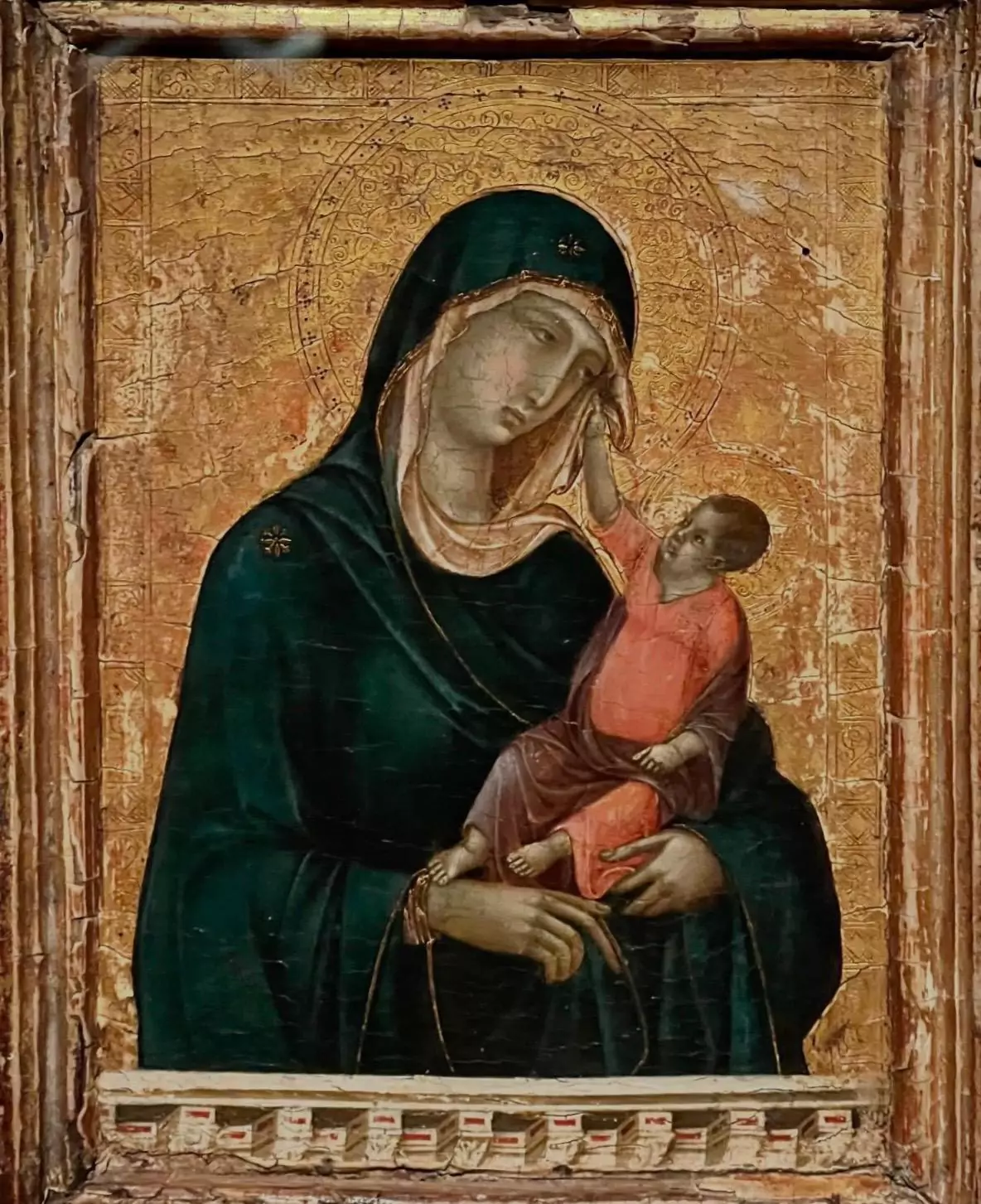
I had the absolute privilege of stepping into another world—the world of Siena in the early 14th century. Walking through the National Gallery’s breathtaking new exhibition, Siena: The Rise of Painting, 1300–1350, I found myself utterly transported. This is not just a collection of artworks; it is a gateway to an era of artistic revolution, where gold leaf glows like firelight and painted figures seem to breathe with emotion.
From the moment I entered, the richness of Siena’s golden age unfolded before me. The exhibition space itself is beautifully arranged, immersing you in a world where faith, power, and artistry are intertwined. The dim lighting accentuates the shimmering surfaces of these masterpieces, drawing your attention to every delicate brushstroke, every meticulously laid sheet of gold. It’s hard not to feel overwhelmed by the sheer beauty of it all.
A Golden Age Reimagined
Sienese painting of the early 14th century is unlike anything else from that time. While Florence’s Giotto was exploring volume and weight, Siena’s artists were crafting something altogether different—an ethereal, poetic style that elevated art to new spiritual heights. This exhibition brings together an astonishing selection of works by the movement’s greatest names: Duccio di Buoninsegna, Simone Martini, and the Lorenzetti brothers, Ambrogio and Pietro.
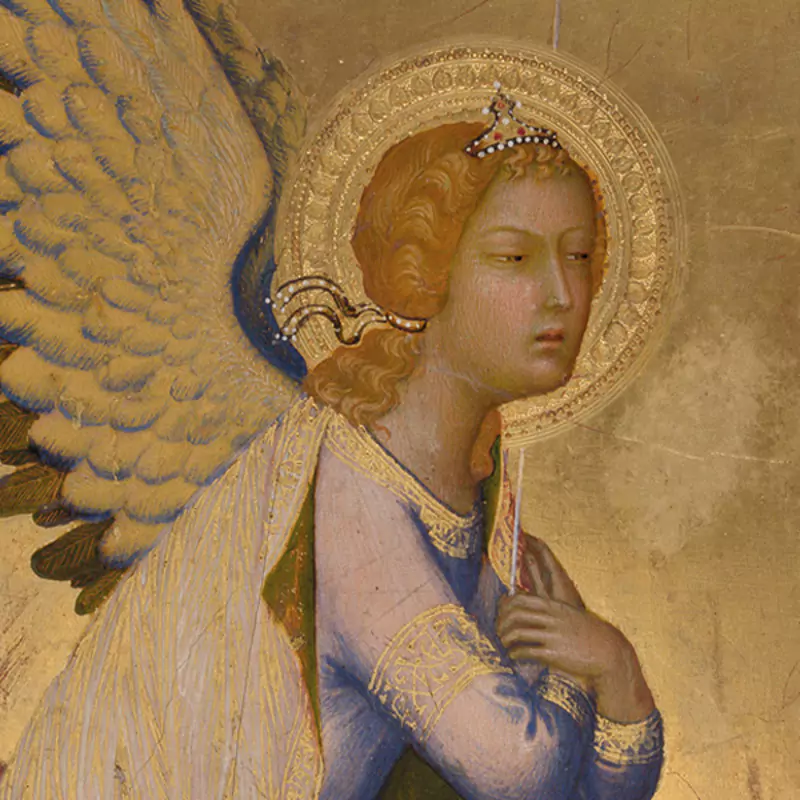
Duccio’s influence is at the heart of the show, particularly with the exquisite panels from his Maestà, which originally adorned Siena’s cathedral. The way he captures tenderness in the faces of the Virgin Mary and Christ is mesmerizing. Simone Martini’s Annunciation takes my breath away—the Angel Gabriel’s flowing robes and the startled grace of Mary create an almost cinematic moment of divine encounter. And then there’s Ambrogio Lorenzetti, whose narrative power is as gripping today as it must have been 700 years ago.
One of the most awe-inspiring aspects of the show is its focus on the materials and techniques that made Sienese painting so distinctive. Precious tempera pigments ground from minerals, painstakingly applied layers of gold leaf, and dazzlingly intricate punchwork that catches the light at every angle—it’s all here. I was especially moved by the inclusion of reliquaries, still holding their sacred relics, and fragments of silk textiles that echo the very fabrics painted in these religious scenes. It’s these details that make the exhibition feel so alive, reminding us that these artworks were not just made for admiration but for devotion.
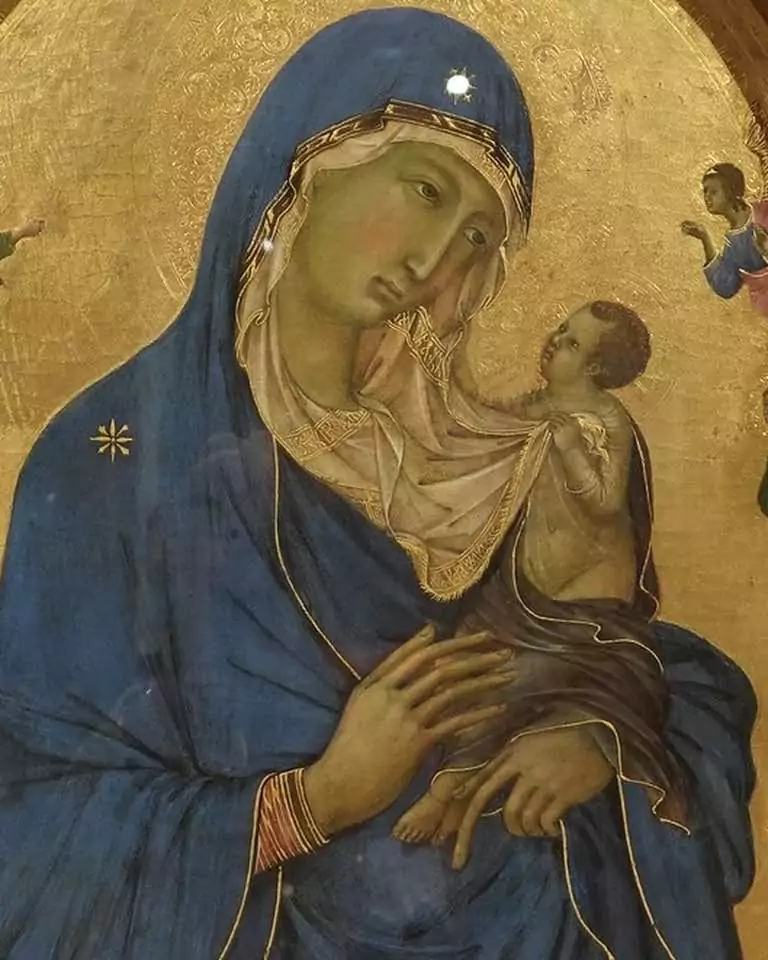
There’s an emotional intensity in these paintings that lingers long after you leave. The expressions of grief on the faces of the Virgin Mary and Mary Magdalene in various Crucifixion scenes are profoundly moving—far from static religious icons, these figures are filled with raw, human sorrow. In one room, a deeply atmospheric Lamentation scene caught me completely off guard; the combination of delicate gestures, sorrowful eyes, and sweeping drapery felt so immediate, so real, that I had to take a step back just to process it.
The Power of Perspective
Another fascinating aspect of the show is how it highlights the way Sienese artists pioneered storytelling in art. The Lorenzetti brothers, in particular, stand out for their ability to craft entire worlds within a single frame. Ambrogio’s Allegory of Good and Bad Government—though not physically present in this show—is referenced throughout as a revolutionary work that pushed the boundaries of how artists could depict space and social order. His brother Pietro, meanwhile, brings a strikingly intimate quality to religious subjects, capturing tenderness and quiet emotion with remarkable subtlety.
As I moved from room to room, I felt like I was witnessing the birth of a new visual language—one that combined the grandeur of Byzantine tradition with an emerging sense of individual expression. It’s no wonder that these artists laid the groundwork for the Renaissance that followed.
A Must-See Experience
By the time I reached the final room, I was both exhilarated and deeply moved. This exhibition is a rare chance to see so many of these masterpieces side by side, and the National Gallery has done an exceptional job curating a show that not only educates but also captivates. The attention to detail in the display, the informative yet accessible wall texts, and the sheer beauty of the artworks make this an experience that lingers in your mind long after you step back out into the modern world.
If you are in London, I cannot recommend this exhibition highly enough. It is open until June 2025, giving you plenty of time to immerse yourself in the splendor of 14th-century Siena. Whether you are an art historian, a casual museum-goer, or simply someone who appreciates the power of beauty, this show will stay with you.
Stepping into this exhibition is more than just looking at paintings—it’s stepping into a world where art was faith, politics, and poetry all at once. And trust me, it’s worth every second.

This article is published on ArtAddict Galleria, where we explore the intersections of art, history, and culture. Stay tuned for more insights and discoveries!


